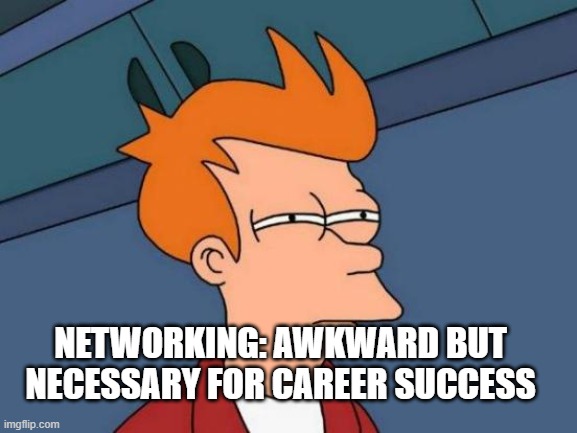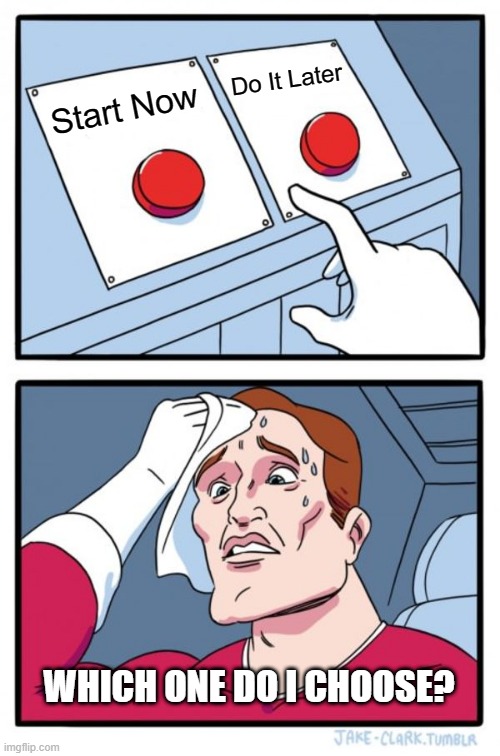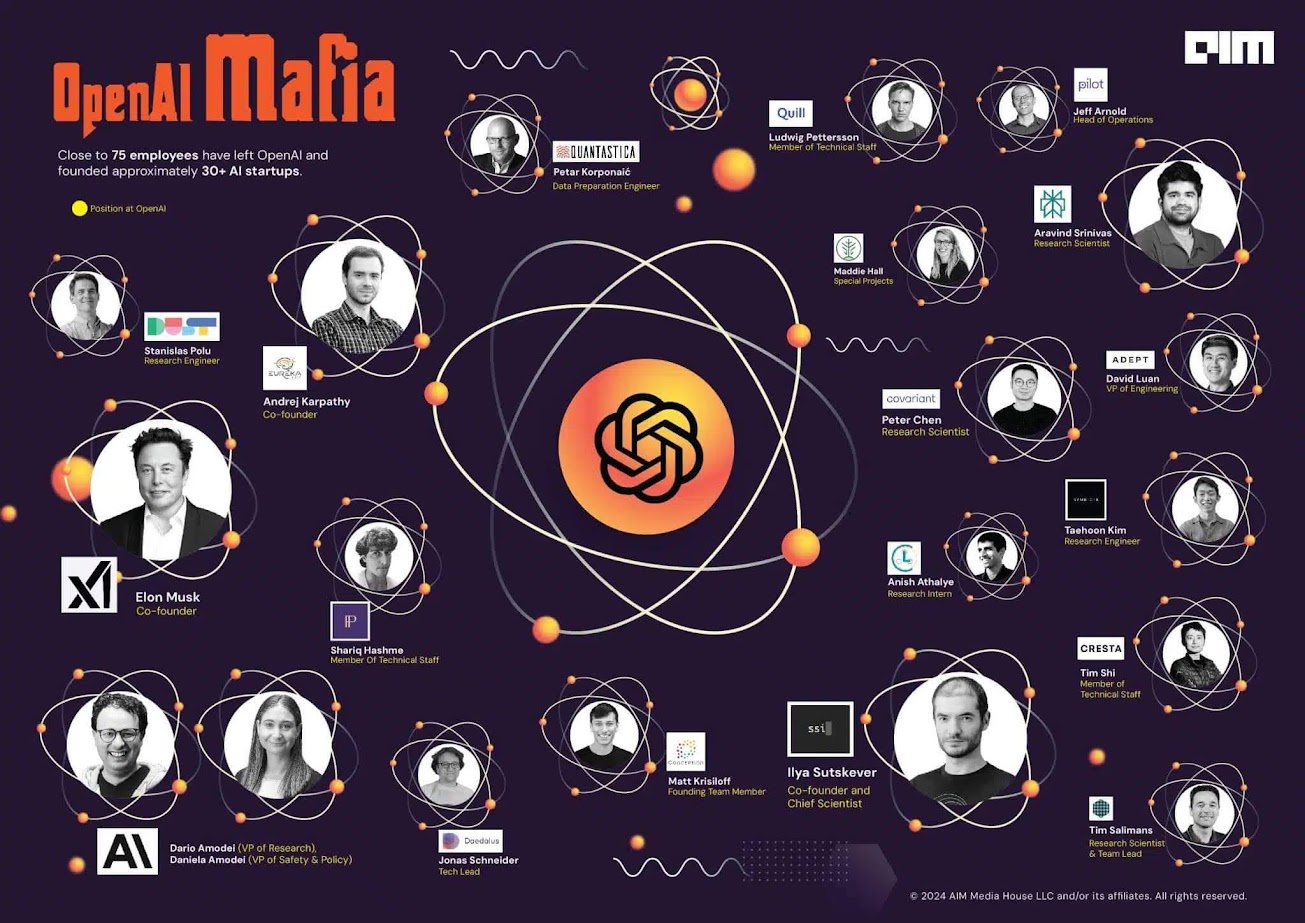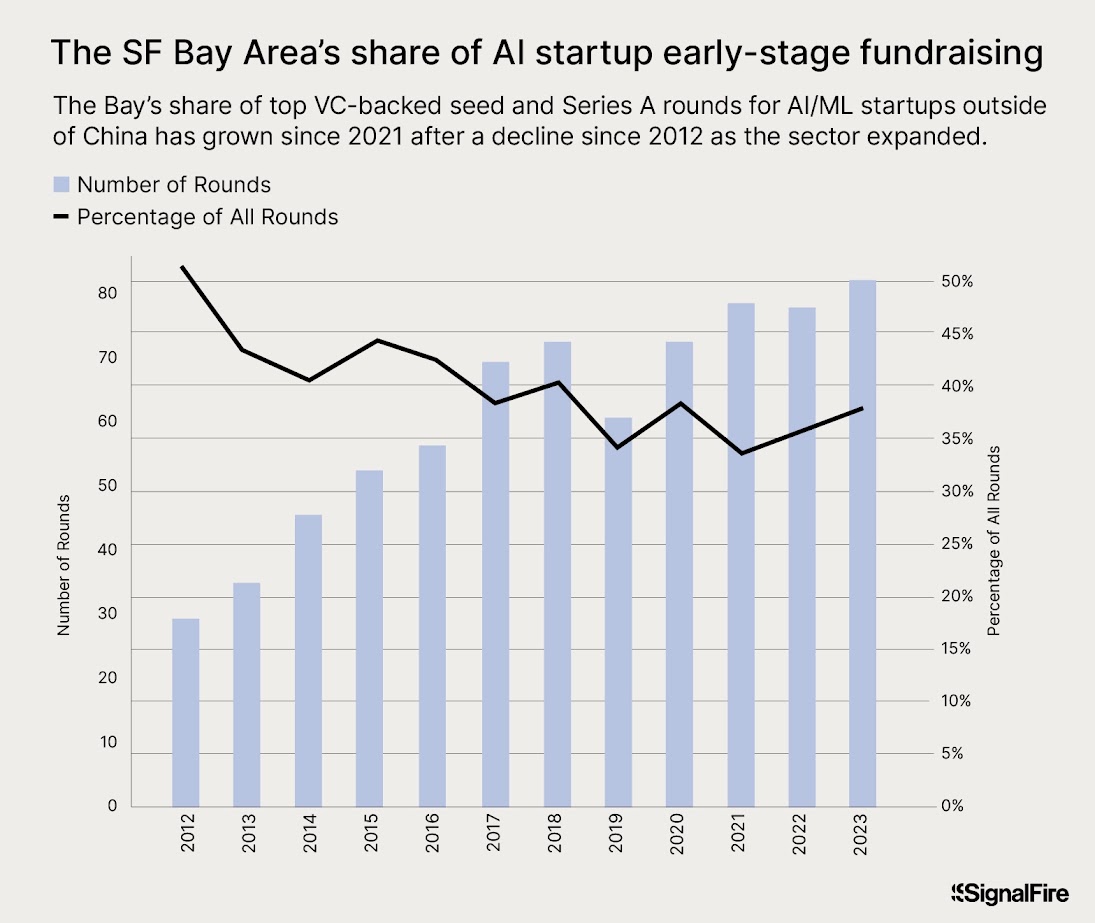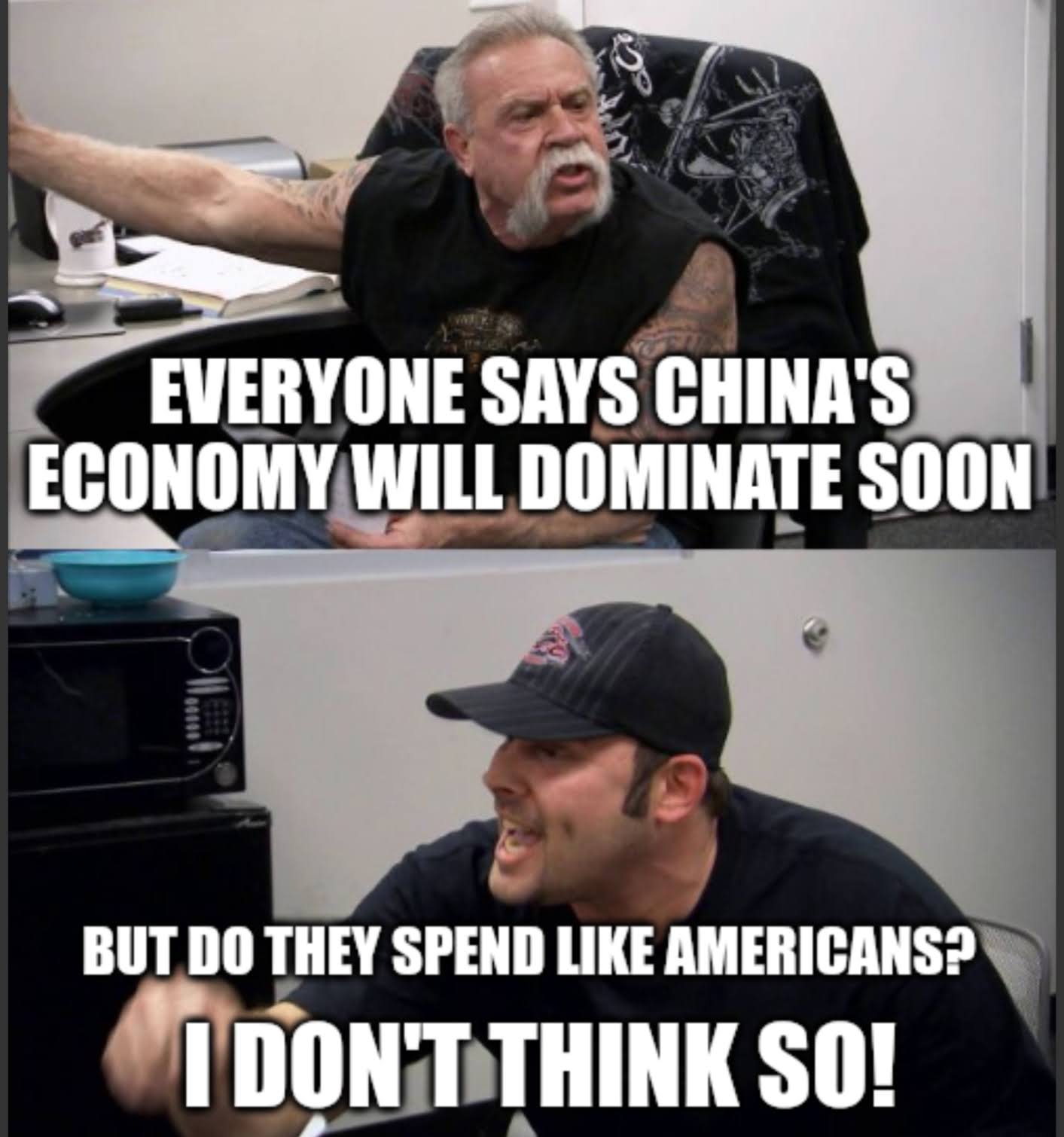The Importance of Networking for Career Growth
In today’s fast-paced professional world, networking has become an indispensable tool for career advancement. Whether you’re looking to climb the corporate ladder or expand your business, the connections you build can play a pivotal role in your success. Numerous studies have highlighted the significant impact of networking on career outcomes. One such study by Forret and Dougherty (2004) shows that effective networking behaviors directly correlate with better career prospects.
Challenges in Building and Maintaining Professional Connections
Despite the undeniable benefits, many people struggle with networking. It’s not uncommon to feel overwhelmed or unsure of how to establish and nurture professional relationships. This hesitation often stems from the fear of rejection, lack of confidence, or simply not knowing where to start. These challenges can significantly hinder one’s career growth, as missed networking opportunities can lead to missed professional opportunities.
Why Networking Matters
The reality is that networking isn’t just about knowing the right people—it’s about being known by the right people. It’s about creating a web of connections that can support you in various aspects of your career. From mentorship to job referrals, the benefits of a strong professional network are vast. Additionally, networking helps you stay informed about industry trends, gain new perspectives, and even find opportunities for collaboration.
Overcoming Networking Barriers
So, how do you overcome the barriers to effective networking? The first step is to change your mindset. View networking as a long-term investment in your career rather than a transactional activity. It’s not about collecting business cards but about building genuine relationships. Start by attending industry events, joining professional groups, and engaging with your peers on platforms like LinkedIn. Over time, these small efforts can lead to significant professional gains.
The Role of Networking in Career Success
In conclusion, networking is more than just a career tool—it’s a career changer. Those who master the art of networking often find themselves with more opportunities, more support, and ultimately, more success. So, if you’re serious about advancing your career, it’s time to embrace networking, overcome your fears, and start building the connections that will propel you forward.
Read the article: “Breaking Social Barriers: How to Overcome Networking Anxiety”
